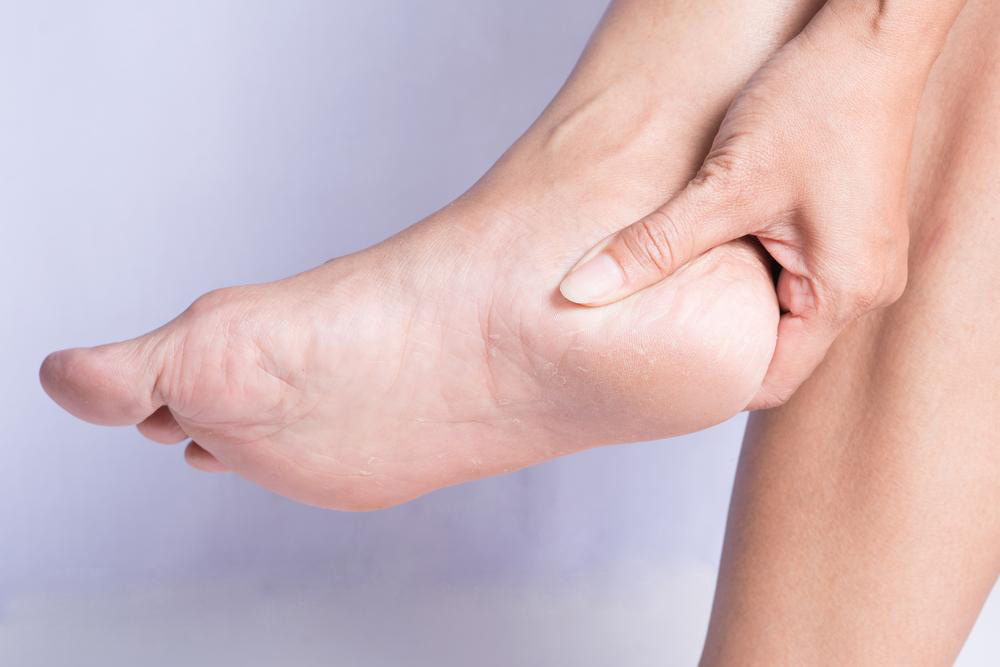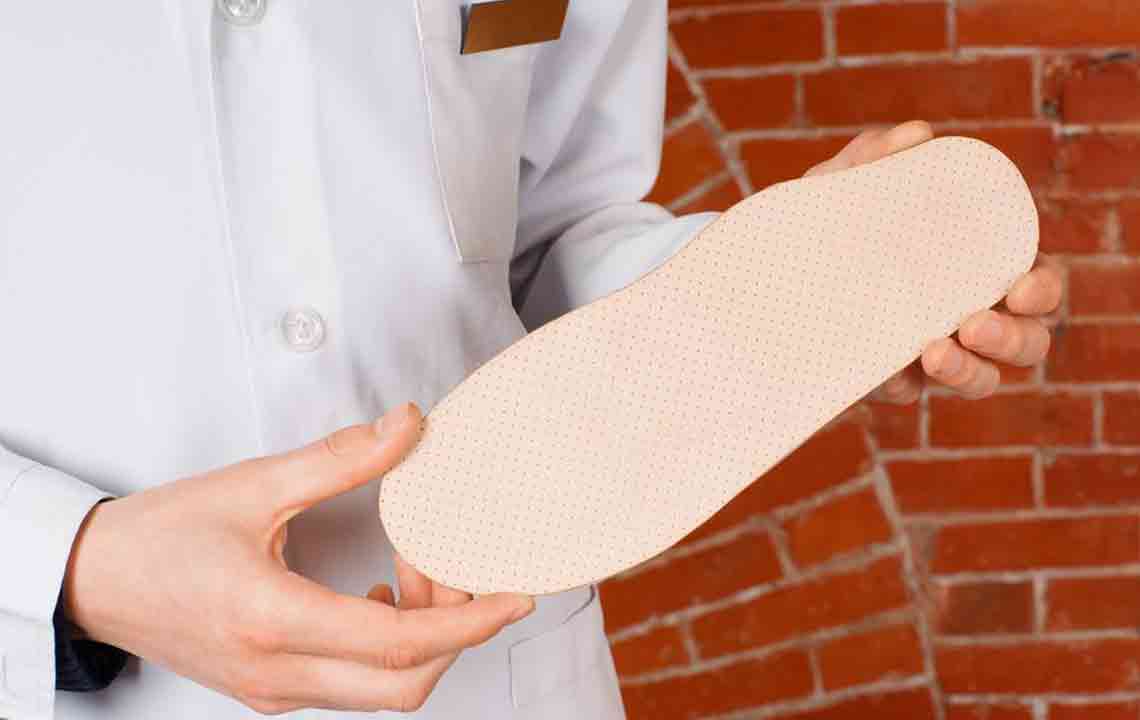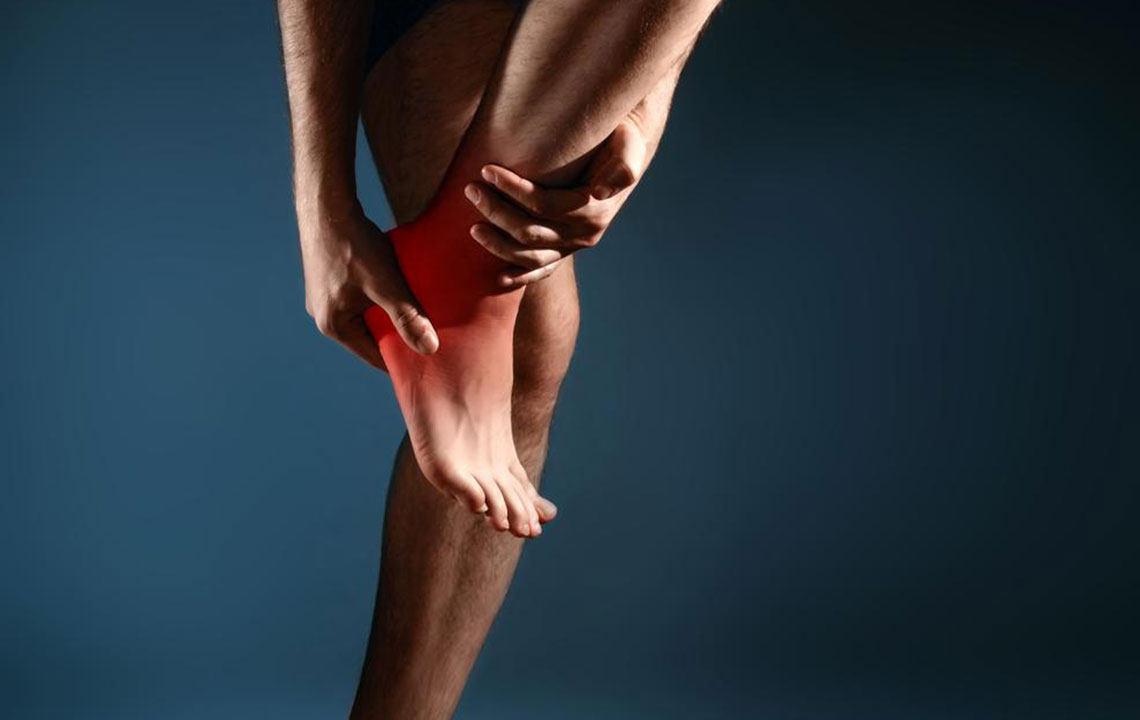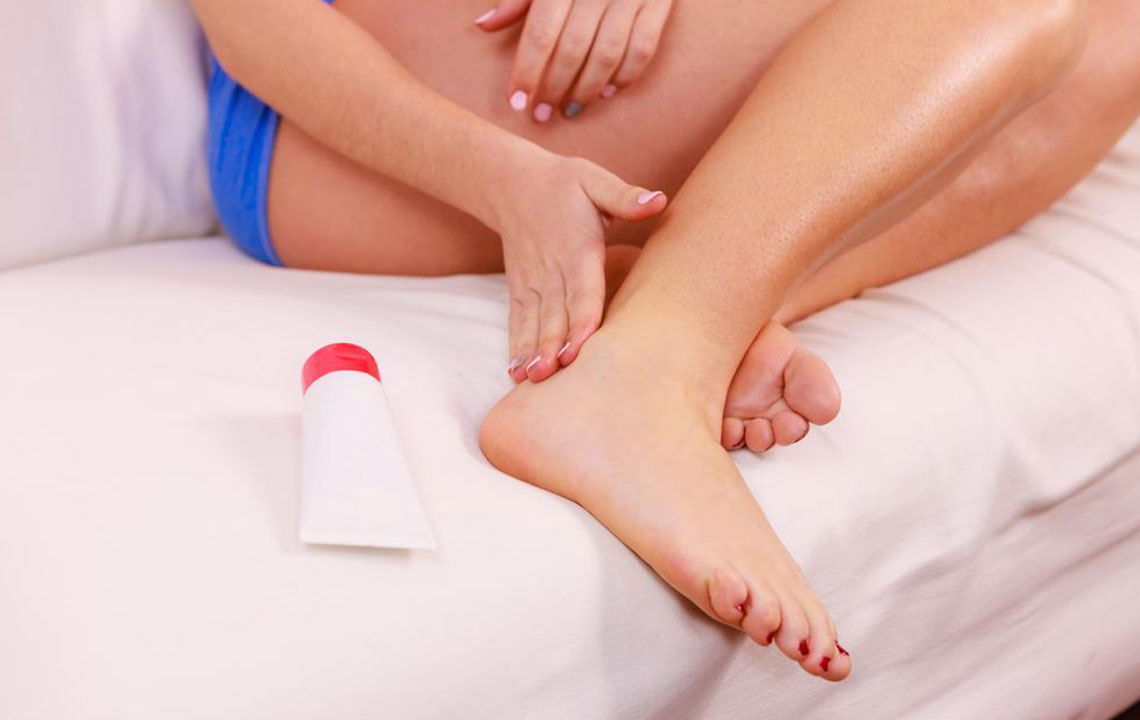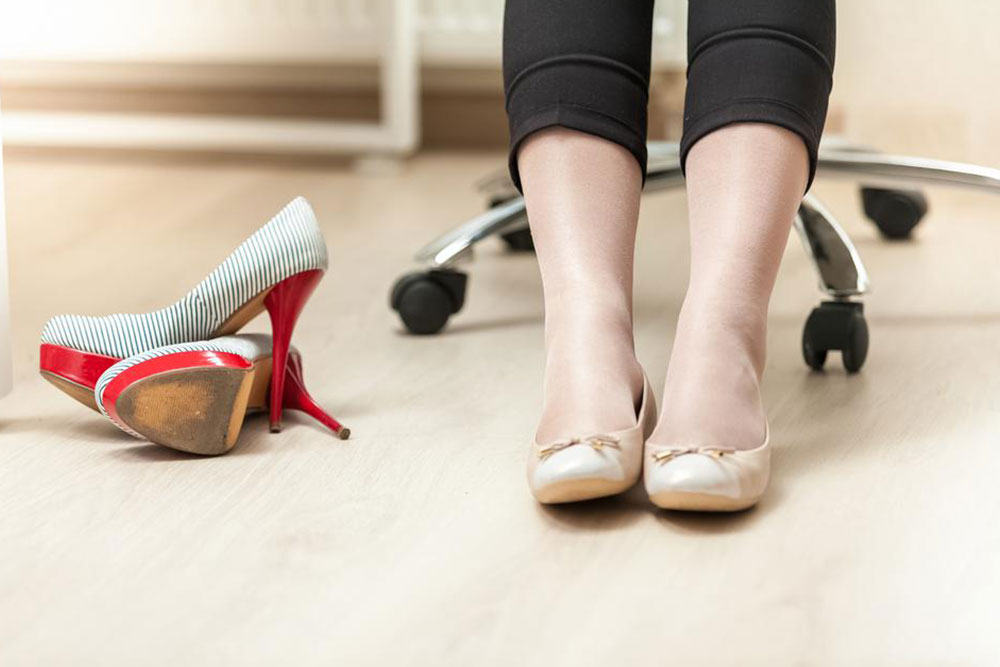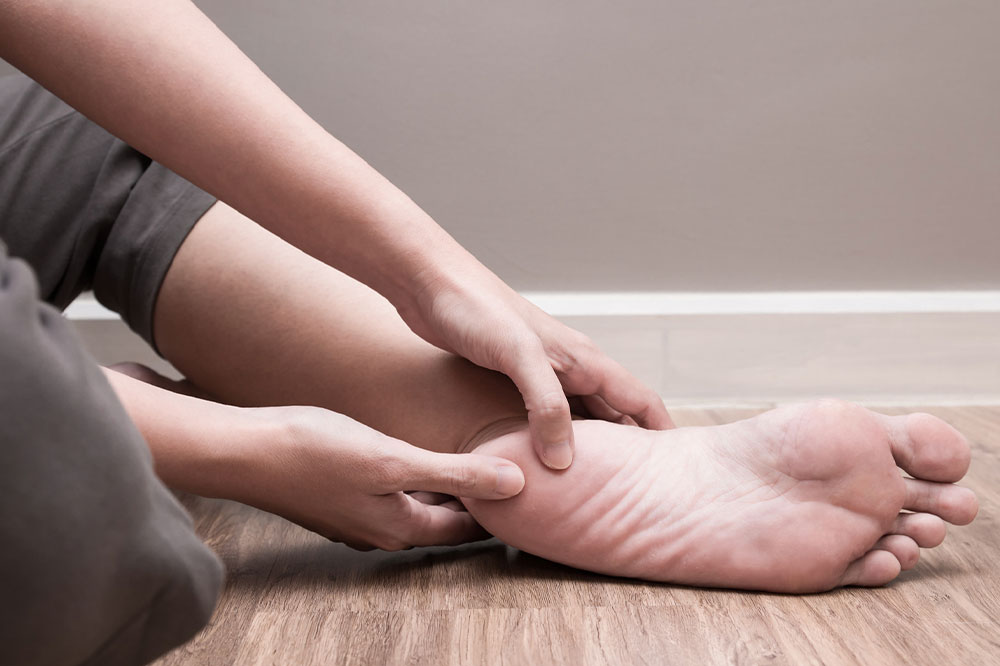Effective Natural Approaches to Alleviate Heel Discomfort and Maintain Foot Health
Discover comprehensive natural remedies and lifestyle changes to effectively relieve heel discomfort. From proper footwear and stretching exercises to home treatments like ice therapy and massage, this article provides practical solutions to manage heel pain. Maintaining a healthy weight and avoiding high-impact activities are also emphasized for prevention and relief. Consult healthcare professionals if symptoms persist for tailored treatment options. Focused on empowering you to achieve healthier, pain-free heels naturally and sustainably.
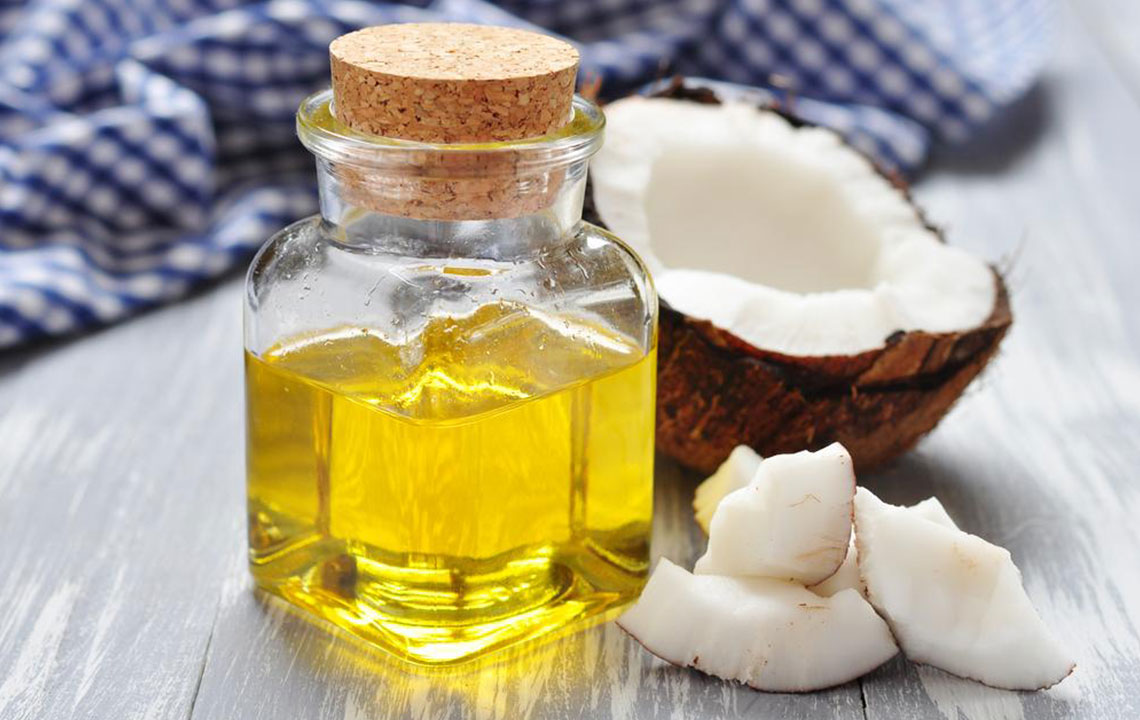
Effective Natural Approaches to Alleviate Heel Discomfort and Maintain Foot Health
Heel discomfort is a common issue faced by many individuals, often resulting from lifestyle habits, footwear choices, or underlying health conditions. The heel, being the largest bone-supported structure in the foot, bears significant weight and force during movement. Comprising 26 bones, 33 joints, and over 100 tendons, the heel’s complex anatomy makes it susceptible to various injuries and ailments. Persistent heel pain can greatly hinder daily activities, reduce mobility, and diminish overall quality of life. Fortunately, numerous natural remedies and lifestyle modifications can effectively reduce discomfort and promote healthier feet.
The sensation of heel pain is typically located at the bottom or arch of the foot and often intensifies with movement or prolonged standing. Many individuals notice stiffness or soreness in the morning, which gradually worsens throughout the day. Improper footwear, overuse, injury, and weight issues are among the primary contributors to heel discomfort. Addressing these causes through natural measures can significantly reduce pain and prevent further injury.
Understanding the underlying causes of heel pain is essential for effective treatment. Common conditions include:
**Plantar Fasciitis:** This condition involves inflammation of the plantar fascia—a thick ligament connecting the heel to the toes. Excessive tension or stress on this ligament results in sharp heel pain, often worse in the morning and after prolonged activity.
**Sprains and Strains:** Overexertion or sudden movements can stretch or tear ligaments and muscles in the heel area, leading to pain and swelling.
**Fractures:** Trauma from falls, accidents, or sports injuries can cause fractures, demanding immediate medical attention.
**Achilles Tendinitis:** Overuse or repetitive strain on the Achilles tendon can cause swelling, tenderness, and pain in the back of the heel, sometimes accompanied by stiffness.
**Bursitis:** Inflammation of bursae—fluid-filled sacs that cushion joints—can cause significant heel pain, especially during movement.
**Osteochondrosis:** A developmental disorder affecting bone growth in children and teens, leading to heel discomfort and swelling.
**Reactive Arthritis:** An autoimmune response to infections can trigger inflammation in the heel tissues, resulting in persistent pain.
While medical intervention is sometimes necessary, many individuals find relief through various natural and home-based strategies that are both safe and effective.
Natural Remedies and Lifestyle Adjustments for Heel Pain Relief
Implementing targeted natural remedies can significantly alleviate heel discomfort, especially when combined with lifestyle modifications and proper foot care. Here are some proven methods:
Maintain a Healthy Weight: Excess weight increases pressure on the heels and feet, exacerbating pain. Adopting a balanced diet and engaging in regular physical activity helps reduce load on the heels.
Apply Ice Therapy: Using an ice pack or cold compress for 10-15 minutes twice daily can decrease inflammation and numb the pain. Wrap ice in a towel to prevent frostbite.
Wear Properly Fitted Shoes: Supportive footwear with adequate arch support and cushioning minimizes undue stress on the heel. Avoid worn-out or ill-fitting shoes that cause rubbing and pressure points.
Use Orthotic Devices: Custom orthotics, heel lifts, or insoles help redistribute pressure, provide arch support, and relieve strain on damaged ligaments.
Stretching Exercises: Regular stretching of the Achilles tendon and plantar fascia enhances flexibility, reduces tension, and promotes healing. Techniques include calf stretches and toe stretches.
Wear Supportive Wraps or Splints: Ankle or foot splints that stretch the calf muscles or arch help alleviate tightness and improve mobility, especially overnight.
Engage in Low-Impact Activities: Activities like swimming and cycling do not put excessive stress on the heels and can maintain fitness without aggravating pain.
Use Tennis Balls or Massage Devices: Rolling a tennis ball or specialized massage tool under the foot can release muscular tension and improve blood circulation.
Arch Supports and Heel Pads: Use supportive inserts and cushioned pads to distribute pressure evenly and enhance comfort during walking or standing.
Warm Epsom Salt Foot Soaks: Soaking feet in warm Epsom salt water relaxes muscles, eases soreness, and reduces swelling.
Over-the-Counter Pain Relief: Nonsteroidal anti-inflammatory drugs (NSAIDs) like ibuprofen or naproxen can help manage pain and inflammation, but should be used responsibly.
Limit High Heels and Worn-Out Shoes: Regular use of high heels intensifies strain on the heel and arch. Replace worn footwear with supportive, cushioned shoes for daily activities.
Massage with Natural Oils: Gentle massage of the heels with sesame or coconut oil can enhance blood flow, reduce tension, and promote healing.
Persistence and consistency with these natural remedies can lead to significant improvement in heel pain. However, if your discomfort persists beyond a few weeks, or if it worsens, consulting a healthcare professional is crucial. A doctor may suggest additional interventions such as physical therapy, medications, or in rare cases, surgical options to address underlying issues.
In conclusion, taking proactive, natural measures towards heel health not only alleviates pain but also supports long-term foot well-being. Proper footwear, targeted exercises, weight management, and home remedies form a comprehensive approach to combat heel discomfort and restore mobility.
